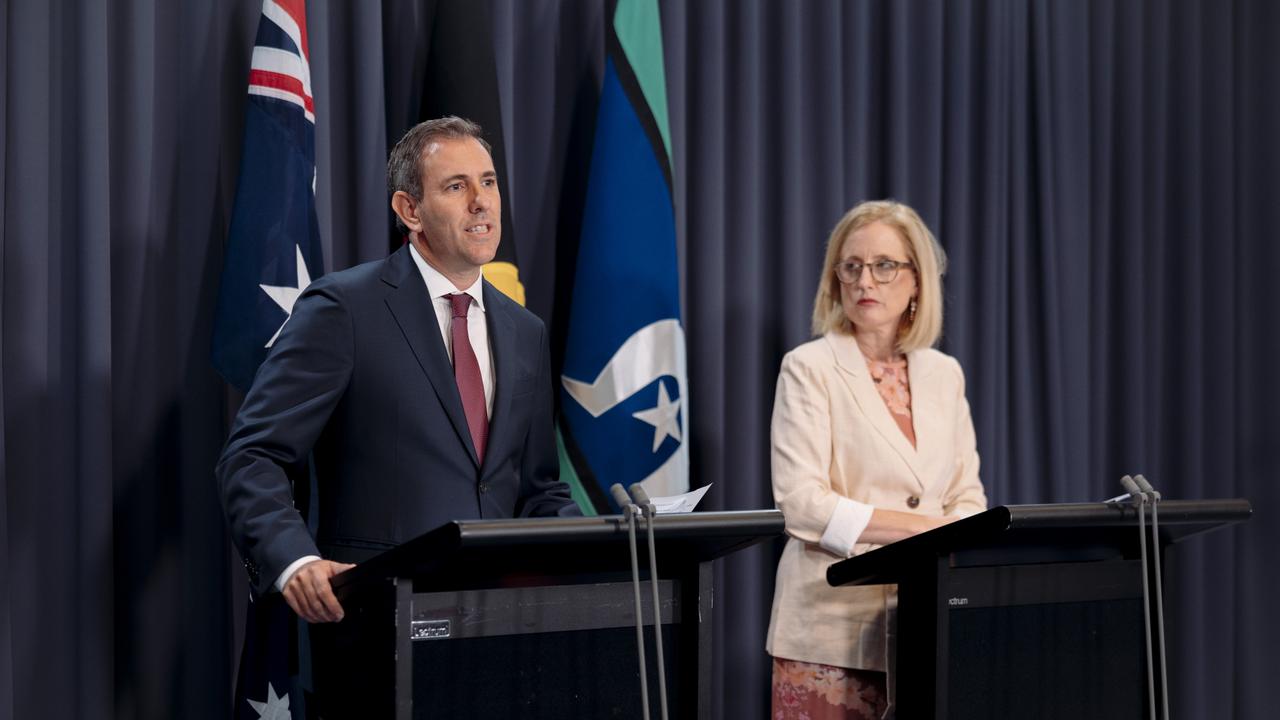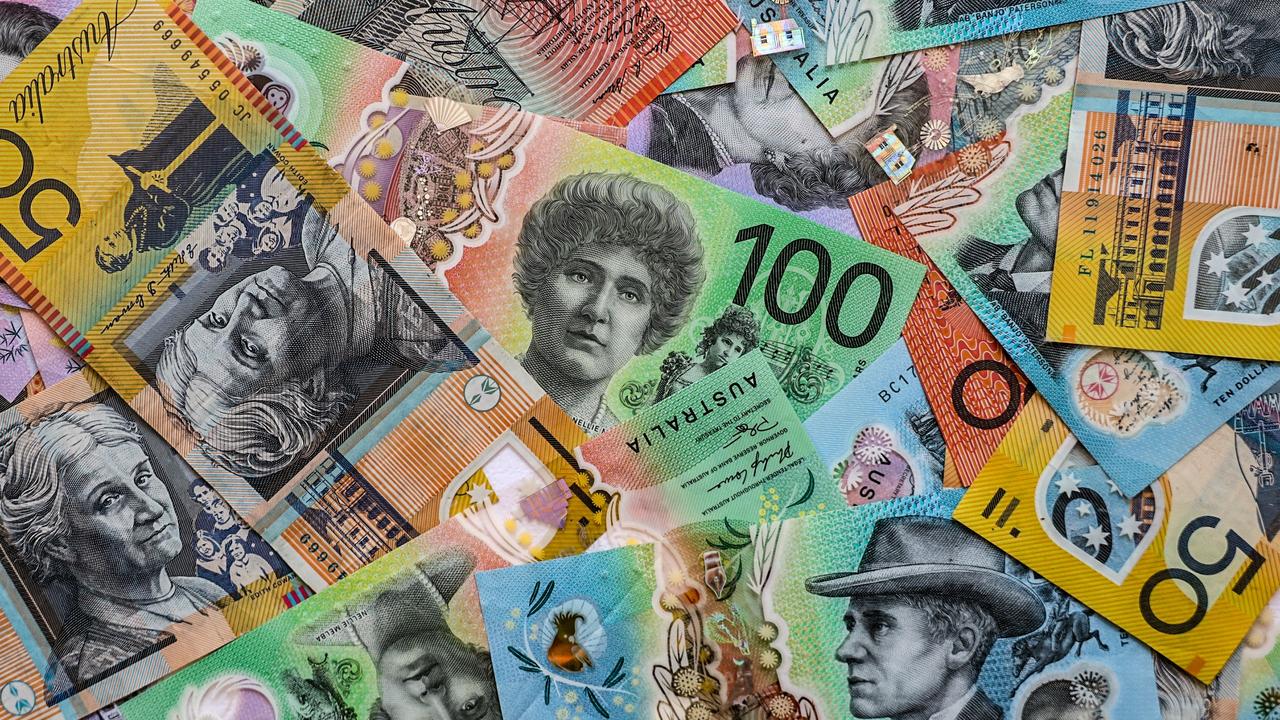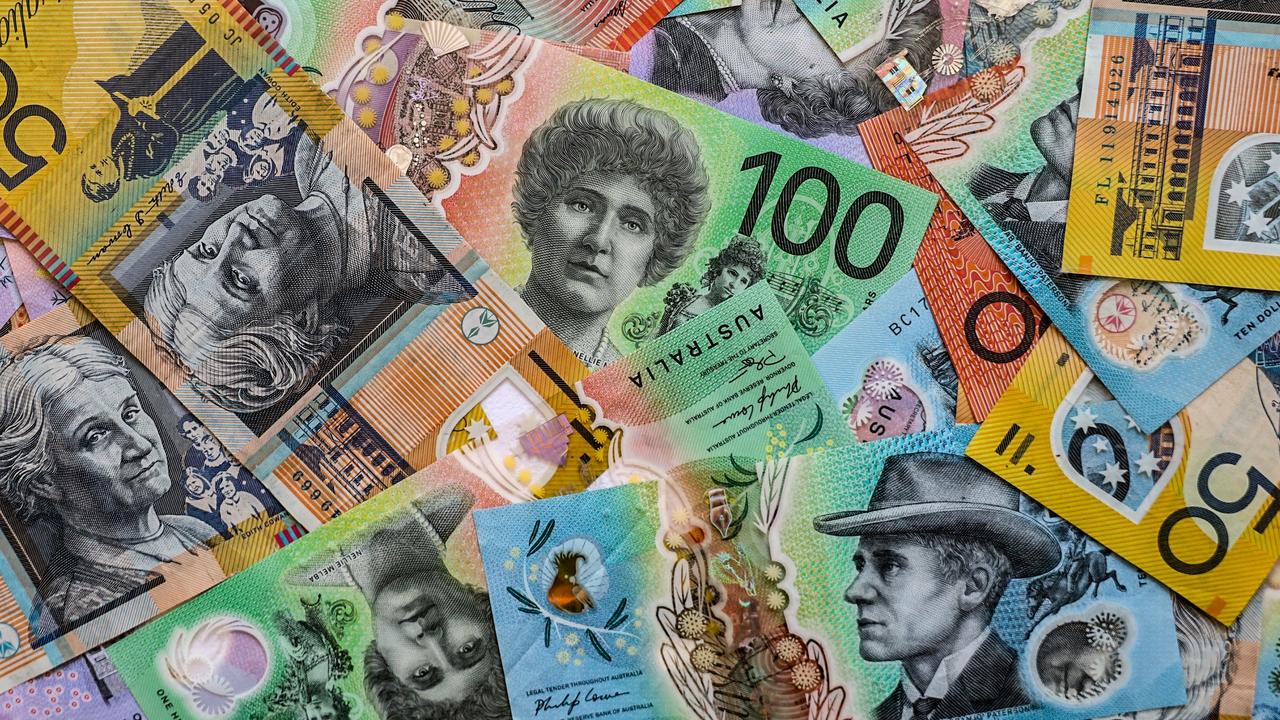Why this rock could push the budget into the black
The budget bottom line is set to benefit from billions of dollars in extra tax collections due to iron ore prices, economist predict, which will likely deliver a second surplus for the Albanese government.

Iron ore miners are set to deliver billions more to the government coffers in the coming months, economists predict, pushing a forecast budget deficit back into the black.
The mid-year economic and fiscal outlook (MYEFO), published in mid-December, revealed a $39.6bn boost to the budget bottom line over the four year forward estimates period, as soaring commodity prices helped bolster tax collections above previous estimates.
However, the budget improvements are likely to be far higher than anticipated, as Treasury downplays expectations of higher company tax collections, which have already surged to almost $65 billion since May.
Iron ore, Australia’s largest commodity earner, is currently trading at over $US130 a tonne, up from $US100 a tonne in early August. As a result, the value of our iron ore exports for 2023 is set to top last year’s total at $131bn.

But according to updated Treasury forecasts, released in the mid-year economic outlook, the iron ore price is expected to crash from their current levels of above $US130 a tonne to just $US60 a tonne by the end of September quarter next year.
In May, official budget forecasts showed iron ore prices would reach this level by mid-2024.
But economists said even the revised forecasts were still far too conservative, and prices would likely remain elevated well beyond the middle of next year.
Indeed, with prices for the commodity hovering near record highs, mining stocks have reached new peaks in the week leading up to Christmas with Rio Tinto rising past $134 per share and Fortescue climbing above $28 per share.
Veteran budget watcher Chris Richardson said the iron ore prices forecasts were part of a deliberate strategy by the Treasury to underestimate commodities during boom periods so that the government of the day could claim higher-than-expected revenues at budget time.
“The Treasury likes to have a little hollow log so that every six months [extra revenues] can be found down the back of the couch,” Mr Richardson said.
With MYEFO forecasting just a “wafer thin” deficit for this financial year of just $1.1bn, Mr Richardson said even a substantial downgrade in the price for the commodity would push the budget out of the red.
“You can have the iron ore price fall awfully fast and relatively notably from here, and it still looks strong enough to get a surplus this year.”
According to the Treasury, every additional $US10 a tonne on top of the assumed iron ore price would deliver an additional $500m to the budget bottom line.
In a report published by UBS earlier this month, its economists said a combination of modest supply growth and stable demand, supported by stimulatory measures by Beijing, would hold iron ore prices in the current trading range of $US130 and $US135 per tonne.
“Over the medium term, coupled with moderating supply growth and robust steel export demand, there is upside risk to our price forecasts in 2025-26 if Chinese steel exports hold at healthy levels,” a client note said.
Iron ore prices could push even higher, the note said, if Chinese steel exports held at healthy levels, and the country’s debt-laden property sector began to grow once more.

AMP chief economist Shane Oliver said despite recent woes in China, continued demand for iron ore could be bolstered by the energy transition, infrastructure projects and a rise in global securitisation.
“Potentially, we’ve got what looks like an under-investment in metals in the face of structural demand coming from the shift to net-zero and increase in defence spending,” Dr Oliver said.
“That all imparts a degree of strength.”
For the iron price to sink to $60 a tonne or less, Dr Oliver said, a significant global economic contraction would likely have to occur.
“Assuming the world doesn’t go into a severe recession, then it’ll end up averaging higher than the government’s allowing for,” Dr Oliver added.
Despite predictions of the second consecutive surplus by analysts and economists, Treasurer Jim Chalmers has remained tight-lipped about its chances.
“We are not yet forecasting a second surplus, but we are within striking distance,” Dr Chalmers told reports in Canberra when releasing the mid-year update.
While only time will tell if a budget surplus will be recorded, as long as it trumps official forecasts, the price of iron ore can only help the bottom line.



